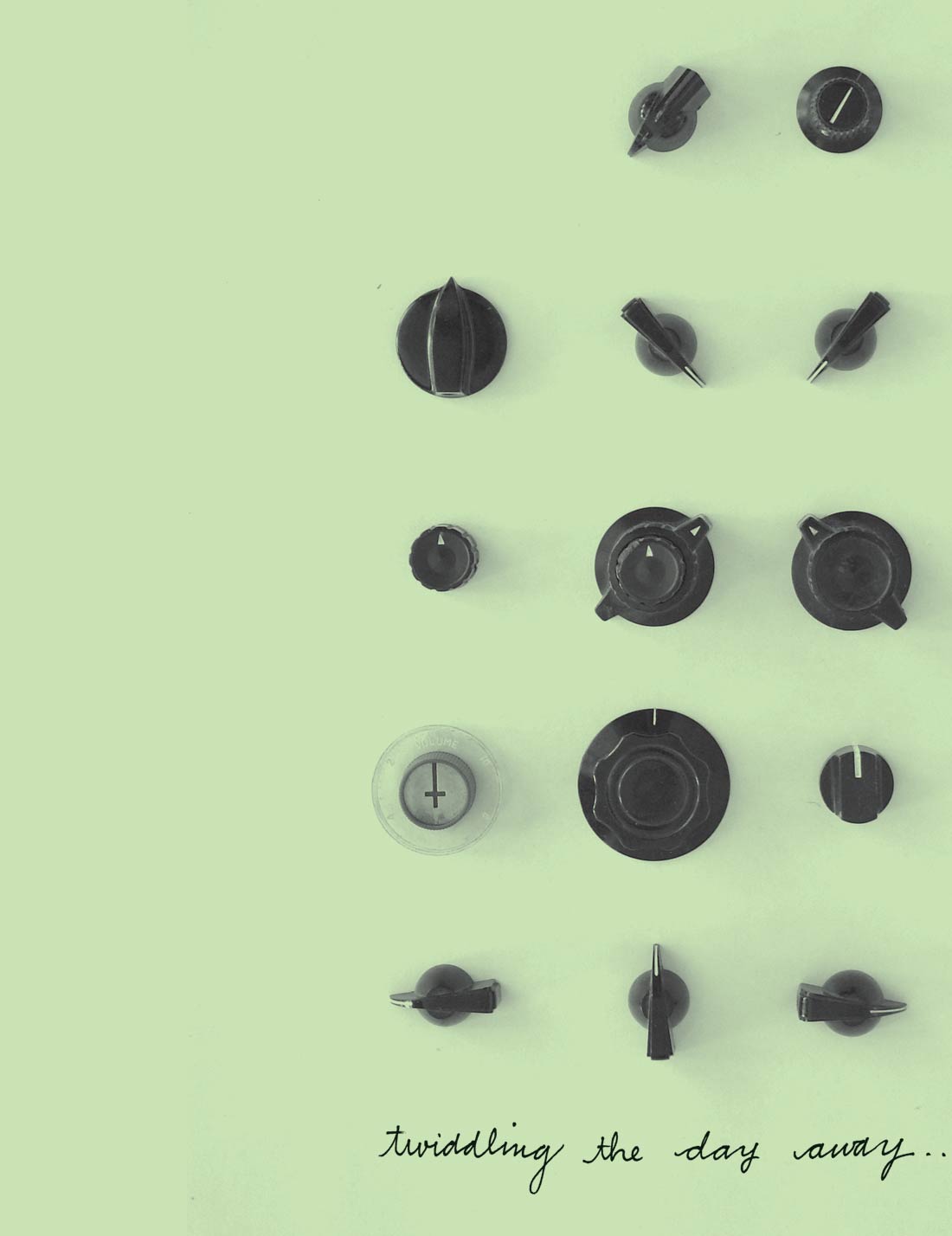Once you've tasted boutique audio, you're definitely spoiled. A good piece of hand-made gear is like a fine meal at a gourmet restaurant-not food from a formula-based chain restaurant. So, like great chefs, the boutique designers toil away on their respective benches making us really great pieces of flexible pro-audio equipment, and each one is as unique as they are. One of these audio culinary experts is Scott LaChapell of LaChapell Audio. Scott is currently focused on a line of high-gain, tube-based mic preamps, and the 992EG is his latest creation. And man, what a creation, as this is a fantastic preamp!
So, let's start with the specs (which are impressive) and go from there. The 992EG (EG as in extra gain) utilizes Jensen JT-115k transformers on the input side and Jensen JT-11-BM transformers on the output side. Our review unit, the premium tube version, has two ECC83 new-old-stock Telefunken tubes (per channel) in between these transformers, and is thus capable of 74 dB of internal gain.
The 992EG is on one hand very clean-in layout, looks and performance-but also gives back something when pushed. This is because the topology provides that warm harmonic distortion that we have come to love from older gear. In a 2RU-height chassis, the 992EG is simply laid out with two large VU meters; large aluminum knobs for input and output level; LED-indicated switches for the meter, phantom power, -20 dB pad, polarity-reverse, and channel on/mute; Hi-Z inputs; and a power switch in the middle. Settings are very easy to check regardless of where the unit ends up in the rack. All in all, this is very nice design and a pleasure to look at.
When we got the 992EG, we had just begun tracking new songs for a new Calexico record, which we followed with basic tracks for a new Neko Case record. Oddly enough, our venerable Telefunken V 76 had decided to quit working the week before, and we really love that preamp for kick drum and bass. Well, since the 992EG was shipped with those Telefunken tubes, it seemed the obvious choice to try it out on the kick. Those of you who have read some of my previous reviews have heard me go on about how John Convertino plays a bass drum and not a kick drum. He uses vintage Ludwig or Gretsch drums and prefers a 20" drum with no damping inside and no hole in the head. The idea is to get "boom" and not "twack" or worse, the modern day sound of a wooden spoon on a 2x4. His style is very dynamic and jazz-oriented and can range from a soft "ba-bump" to a big "ka-boom" with quite a bit of sustain. When we used our trusty AT4047 on his drum with the 992EG, it was like someone had given us new speakers. The clarity and detail on the low end was so rich and warm it made you smile. Even though we were tracking to the computer (yes it's true!!!), with the 992EG, I could have sworn we were listening back to the 2" 16-track at 15 IPS! Fantastic!
Okay, so since we've got two channels-how about that snare drum? Well once again, the 992EG delivered beyond our expectations. All the nuances and subtleties of the brushes on the snare head came through, and the way it handled the transients allowed us to set it and not worry when there were those Convertino sudden rimshots that really make the snare bark. In fact, we began to notice that when pushed, the 992EG added some of that warmgritthattheV76adds.The992EGgaveusthattube compression/distortion that is what rock-n-roll should have in it to begin with.
Needless to say, after that, we used it on the standup bass, piano, cello, vibes, organ, Omnichord, marimba, thunder drum, cuatro, nylon guitar, trumpet, pedal steel, and all manners of instruments that get thrown into and onto a Calexico record. We had equally great success on the basic tracks for Neko's session as well, but so far only got to use it for the drums and bass. Unfortunately, I won't be able to try it on her huge voice until after this review comes out, so you will have to find me at PotLuckContofindouthowitdidthere.
But where the 992EG really showed its true strength was during mixing. Every track that was recorded through the 992EG sounded like it had come from the 2". In fact, way too much of the record was done on that "Left Empty" version of Pro Tools, and I was dreading how un-WaveLab the record might be. Fortunately, the way the 992EG added its analog magic made the PT LE tracks sound really great, and the only way to really tell that the recordings were digital was the missing tape hiss! The 992EG streets for $3550 with premium tubes and $3300 with standard tubes. That's $1675 per channel for an instant classic!
($4249 MSRP premium, $3900 standard; www.lachapellaudio.com)
Tape Op is a bi-monthly magazine devoted to the art of record making.




_disp_horizontal_bw.jpg)